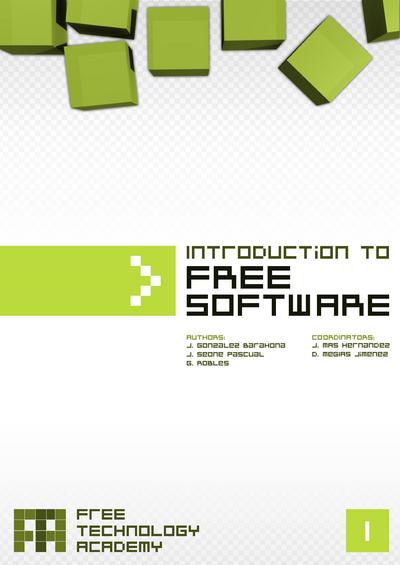Introduction to Free Software

简介:
《自由软件简介》
自由软件(Free Software)是一种基于用户自由和开放源代码的软件模式。与传统商业软件不同,自由软件的核心理念在于赋予用户更多的权利:用户不仅可以自由使用软件,还可以自由查看、修改、分发甚至销售软件的源代码。这种模式强调透明性和协作性,旨在通过共享知识和技术推动社会进步。
自由软件的概念起源于20世纪80年代,由Richard Stallman发起的“自由软件运动”正式确立了这一理念。1983年,Stallman创立了自由软件基金会(FSF),并制定了GNU通用公共许可证(GPL)等许可协议,为自由软件的发展提供了法律保障。
自由软件的核心价值在于开放源代码和用户自主权。通过开放源代码,开发者可以共同改进软件,消除技术壁垒;同时,用户可以根据自身需求定制软件功能,避免被单一厂商束缚。这种模式不仅促进了技术创新,也为开源社区的协作奠定了基础。
尽管“自由软件”与“开源软件”(Open Source)常被混淆,但两者有显著区别:自由软件更强调用户的权利和价值观,而开源软件则侧重于技术实现和协作开发。无论如何,自由软件作为一种重要的软件生态,正在推动全球信息技术的发展,并为个人和社会创造更多可能性。
英文简介:
Free software is increasing its presence in mainstream media and in debates among IT professionals, but it is still unknown for many people. And even those who are familiar with it lack specific knowledge in some important areas.
What is free software? What are the implications of using a free license? How are free software projects organised? Which are the main business models associated to them? What motivates developers, especially volunteers, to become involved in free software projects? Who are these developers? These are the sort of questions that we will try to answer in this book.
- 书名
- Introduction to Free Software
- 译名
- 自由软件简介
- 语言
- 英语
- 年份
- 2010
- 页数
- 291页
- 大小
- 3.20 MB
- 下载
 Introduction to Free Software.pdf
Introduction to Free Software.pdf- 密码
- 65536
最后更新:2025-04-12 23:58:12